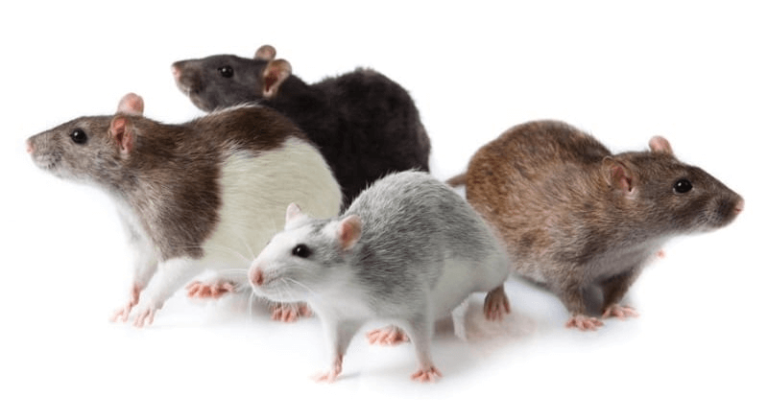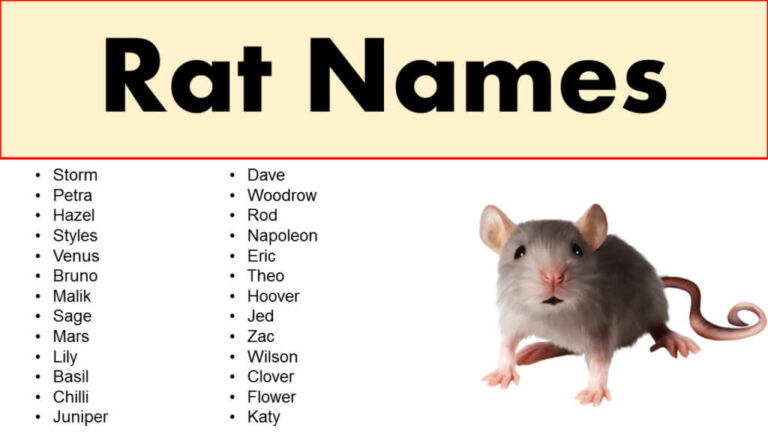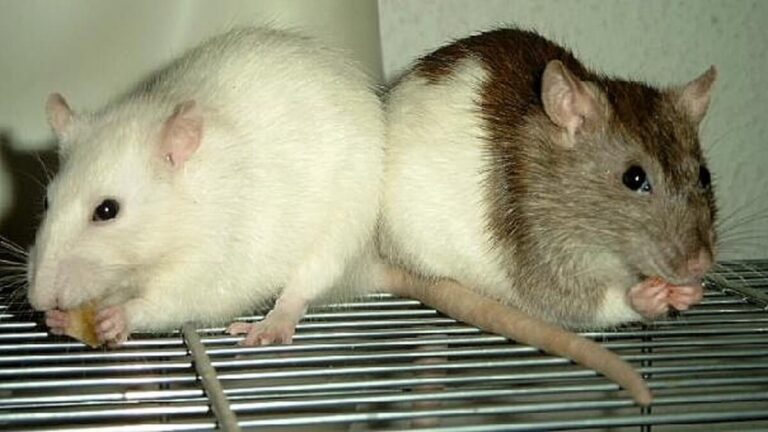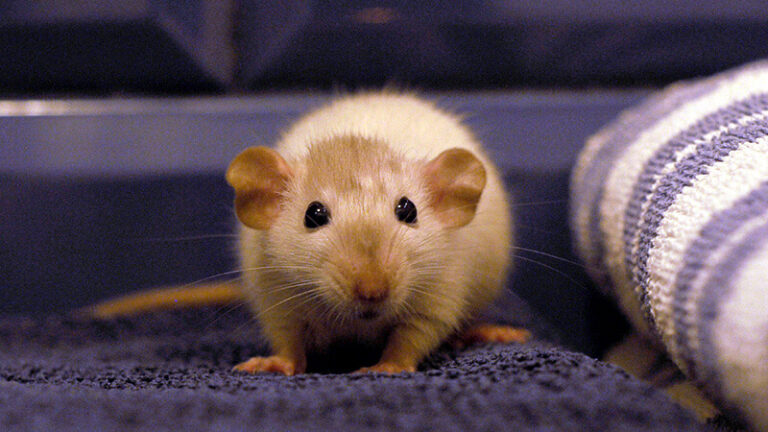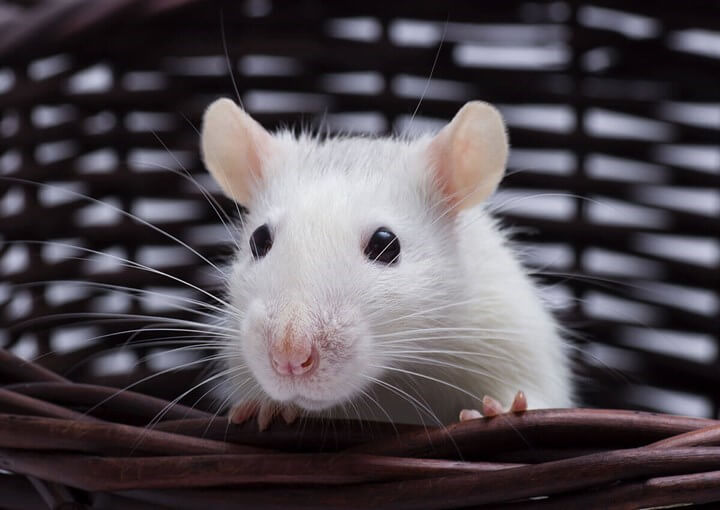How Big Are Rats? Rat Size Comparison
Rats are fascinating creatures that have adapted to live in various environments around the world. Their size can vary significantly depending on the species, with some rats growing to impressive dimensions. In this article, we will delve into the size of different rat species, compare their dimensions, and explore what factors contribute to their growth. Our goal is to provide a comprehensive understanding of rat sizes, helping you appreciate these resilient rodents.
Contents
Types of Rats and Their Sizes

Common Rat Species
- Norway Rat (Rattus norvegicus)
- Size: Norway rats, also known as brown rats, are among the largest rat species. Adult Norway rats typically measure 7 to 10 inches (18 to 25 cm) in body length, with an additional tail length of 6 to 8 inches (15 to 20 cm). They can weigh between 12 to 16 ounces (340 to 450 grams).
- Habitat: These rats are highly adaptable and can be found in urban and rural areas worldwide.
- Black Rat (Rattus rattus)
- Size: Also known as roof rats, black rats are slightly smaller than Norway rats. They usually measure 6 to 8 inches (15 to 20 cm) in body length, with a tail that can be as long as their body or longer, reaching up to 8 inches (20 cm). Their weight ranges from 5 to 10 ounces (140 to 280 grams).
- Habitat: Black rats prefer warmer climates and are commonly found in coastal areas and ships.
- Gambian Pouched Rat (Cricetomys gambianus)
- Size: The Gambian pouched rat is one of the largest rat species in the world. They can grow up to 3 feet (91 cm) in length, including their tail, and weigh up to 4 pounds (1.8 kg).
- Habitat: Native to Africa, these rats are often found in savannas and forests.
Related: How Long Do Pet Rats Live?
Factors Influencing Rat Size
Several factors can influence the size of rats, including genetics, diet, and environment. Let’s explore these factors in more detail:
- Genetics
- The genetic makeup of a rat species plays a crucial role in determining its potential size. For example, the genetic differences between Norway rats and black rats account for their size variations.
- Diet
- Rats with access to abundant food resources tend to grow larger. A high-protein diet, in particular, can contribute to increased body size and weight.
- Environment
- The living conditions of rats, such as the availability of shelter and the presence of predators, can impact their growth. Rats in urban areas with fewer natural predators and ample food sources often grow larger than their rural counterparts.
Related: 100+ Cute And Funny Pet Rat Names
Rat Size Comparison
To better understand the size differences among various rat species, we can compare them directly:
Species Body Length (inches) Tail Length (inches) Total Length (inches) Weight (ounces)
| Species | Body Length (inches) | Tail Length (inches) | Total Length (inches) | Weight (ounces) |
| Norway Rat | 7-10 | 6-8 | 13-18 | 12-16 |
| Black Rat | 6-8 | 6-8 | 12-16 | 5-10 |
| Gambian Pouched Rat | 18-24 | 18-24 | 36-48 | 64-128 |
The Largest Rats on Record
While the average sizes mentioned above are typical, there have been reports of exceptionally large rats. For instance, a Norway rat found in Sweden measured nearly 18 inches in body length. Similarly, Gambian pouched rats have been documented to reach weights of up to 9 pounds (4.1 kg) in captivity.
Conclusion
Rats are incredibly diverse in size, with species like the Norway rat and black rat being common in many parts of the world, while the Gambian pouched rat stands out for its sheer size. Understanding the factors that influence rat size can provide insights into their behavior, adaptability, and role in various ecosystems.
Whether you’re dealing with a rat infestation or simply curious about these resilient rodents, knowing how big rats can get is crucial. Their size not only impacts their survival strategies but also how they interact with their environment and humans.
- Golden Retriever Pros and Cons: What Every Pet Parent Should Know - 15 September 2025
- Cane Corso Dog Breed: Health, Care, and Lifespan - 14 September 2025
- Catahoula Leopard Dogs: Description, Temperament, Lifespan, & Facts - 21 July 2025


